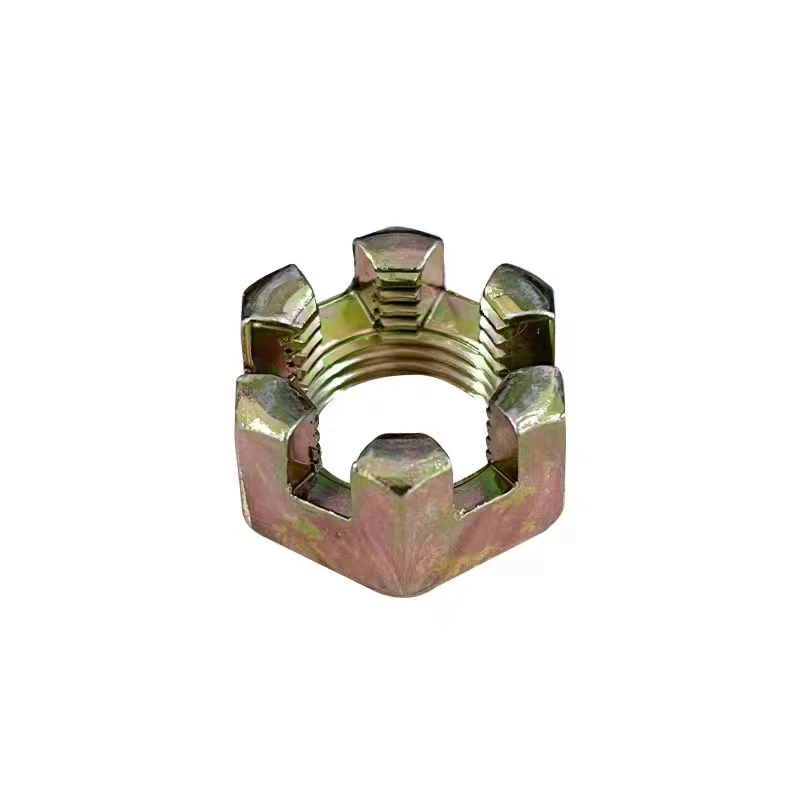

Stud Bolt with Two Nuts for Secure Fastening Applications
Dec . 17, 2024 09:39 Back to list
Stud Bolt with Two Nuts for Secure Fastening Applications
The Importance of Stud Bolts with Two Nuts in Construction and Engineering
In the realm of construction and engineering, the correct assembly of components plays a pivotal role in ensuring the integrity and safety of structures. Among the various fastening devices used, the stud bolt with two nuts is a significant element that deserves attention. This article delves into the concept of stud bolts, the importance of using them with two nuts, and their applications across different industries.
A stud bolt is a type of fastener that consists of a threaded rod or stud, which is joined at both ends by nuts. This versatile fastening solution is preferred for its strength and reliability. In scenarios where conventional bolts may not be ideal due to space constraints or the need for greater tensile strength, stud bolts can offer a favorable alternative. Their design allows them to accommodate thicker materials and provides a secure hold when threaded into nuts.
The Importance of Stud Bolts with Two Nuts in Construction and Engineering
The double-nut configuration also facilitates adjustments during installation. When the stud bolt is partially threaded into a fixed component, the second nut can serve as a lock, preventing rotation and loosening over time. This is especially beneficial in applications subjected to vibrations, where traditional fastening methods may loosen due to dynamic forces. Moreover, if adjustments are needed, technicians can easily tighten or loosen one of the nuts without disturbing the integrity of the entire assembly.
stud bolt with 2 nuts

In many industries, including aerospace, automotive, and construction, the utilization of stud bolts with two nuts has become a standard practice. For instance, in the construction of skyscrapers and large industrial facilities, these fasteners are commonly employed to connect structural beams and plates. Their ability to withstand heavy loads and resist shear forces makes them ideal for ensuring the stability of tall structures. Furthermore, the use of stud bolts minimizes the risk of bolt fatigue, extending the lifespan of the assembly.
In addition to load distribution and ease of adjustment, stud bolts with two nuts also provide additional safety features. For example, if one nut were to fail due to over-tightening or corrosion, the second nut can still maintain the connection's integrity. This redundancy is essential in critical applications where structural failures could result in catastrophic consequences.
When selecting stud bolts for a specific application, engineers must consider several factors including material type, thread size, and the environment in which they will be used. Common materials include carbon steel, stainless steel, and alloys, each offering various properties such as corrosion resistance and strength. Additionally, proper installation practices, including the correct torque specifications and ensuring cleanliness of the surfaces, are crucial for optimal performance.
In summary, the stud bolt with two nuts serves as an optimal fastening solution across various fields of engineering and construction. Its advantages, including enhanced load distribution, ease of adjustment, and redundancy make it a critical component for safe and reliable structures. As industries continue to innovate and strive for greater efficiency, the application of stud bolts will undoubtedly remain a cornerstone in the world of engineering. Understanding and utilizing this fastening method correctly can lead to significant improvements in both the safety and longevity of engineering projects.
Latest news
-
High-Strength Hot-Dip Galvanized Bolts-Hebei Longze|Corrosion Resistance&High Strength
NewsJul.30,2025
-
Hot Dip Galvanized Bolts-Hebei Longze|Corrosion Resistance&High Strength
NewsJul.30,2025
-
Hot Dip Galvanized Bolts - Hebei Longze | Corrosion Resistance, High Strength
NewsJul.30,2025
-
High-Strength Hot Dip Galvanized Bolts-Hebei Longze|Corrosion Resistance, Grade 8.8
NewsJul.30,2025
-
Hot Dip Galvanized Bolts-Hebei Longze|Corrosion Resistance,High Strength
NewsJul.29,2025
-
High-Strength Hot Dip Galvanized Bolts - Hebei Longze Metal Products Manufacturing Co., Ltd.|corrosion resistance&high strength
NewsJul.29,2025

